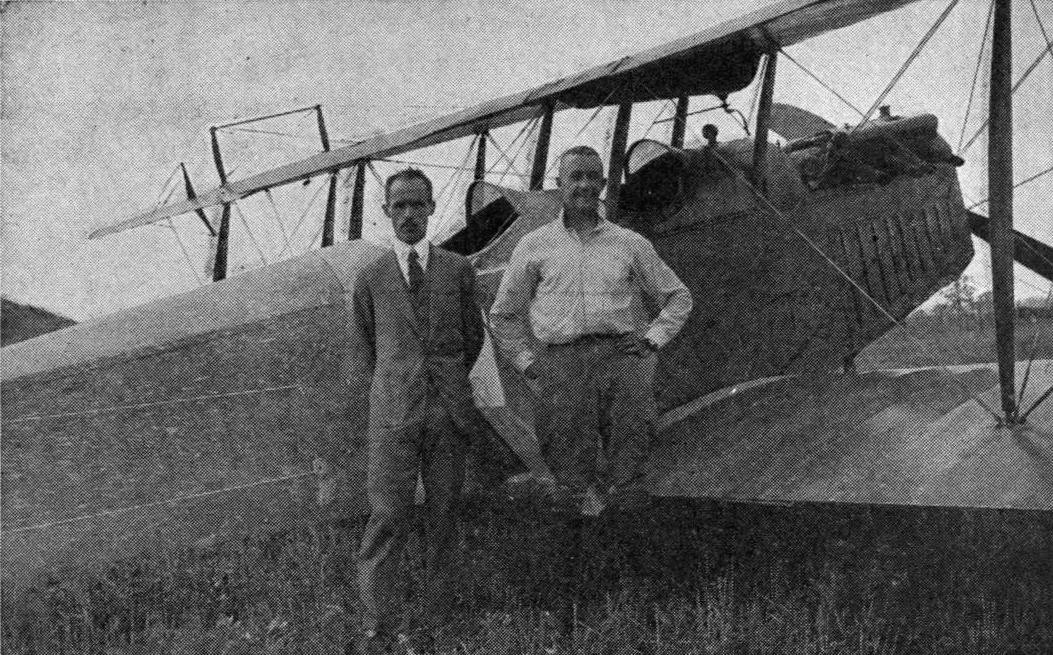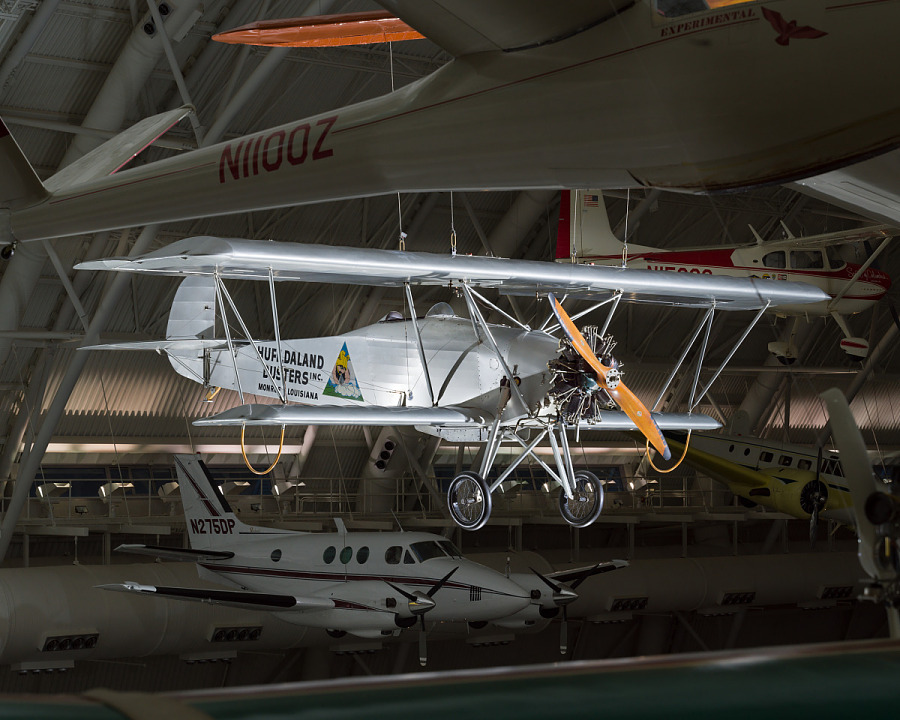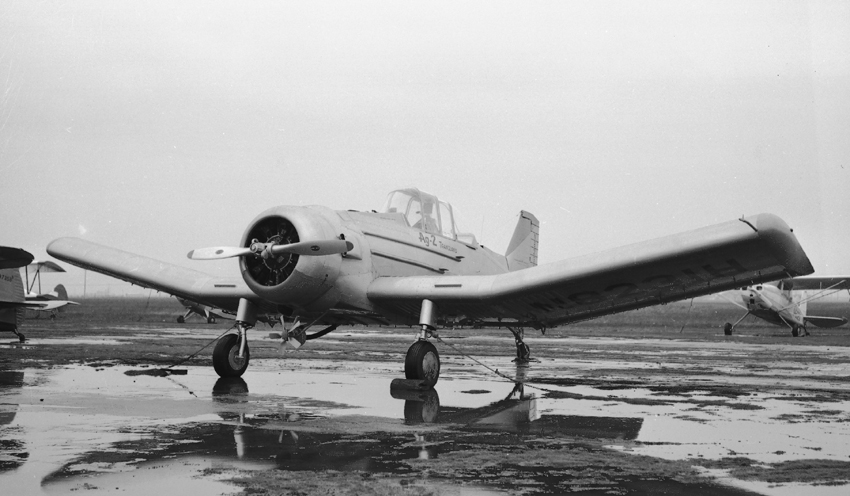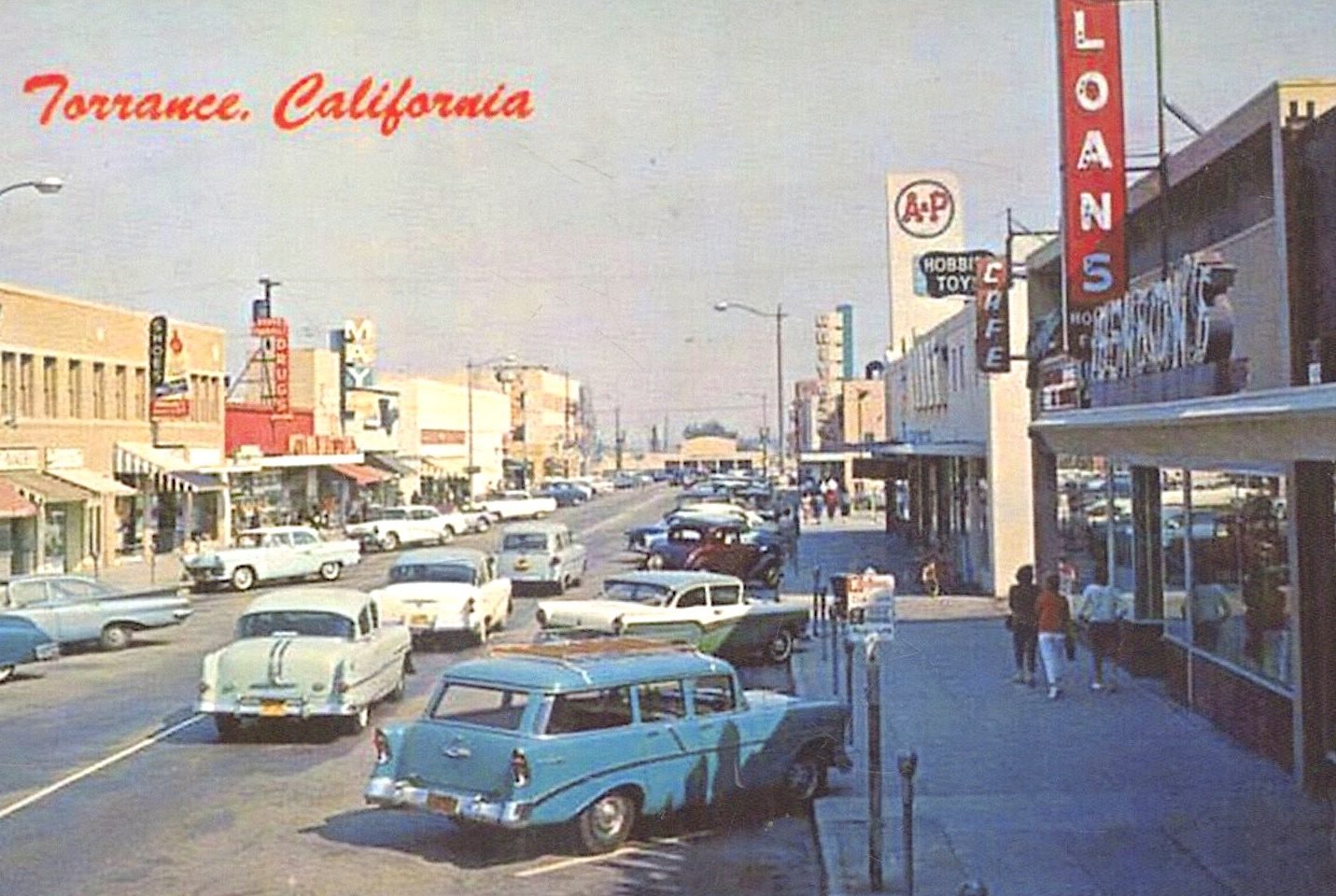
Until I heard from Carlos Gomez, I hadn’t given much thought to agricultural aviation, more commonly known as crop dusting, and its relation to the South Bay.
Gomez mentioned that his father Antulio once worked as an engineer for Transland, a company based at the Torrance Airport that built the AG-2, one of the first airplanes specifically designed for crop dusting.
Before we get to that, a little background on agricultural aviation. Its origin can be traced back to a specific date and place: Aug. 3, 1921, in Ohio. On that day, John Macready and Etienne Dormoy became the Wilbur and Orville Wright of crop dusting.
The idea came from Charles R. Nellie, an entomologist with the Ohio Dept. of Agriculture. He found a possible answer to the inefficiencies of applying agricultural chemicals to crops by hand by dropping the necessary chemicals from airplanes outfitted for the job.

Airplanes had just played a major role in World War I, and surplus models were plentiful as a result. Dormoy got a hold of a Curtiss JN-6 “Jenny” training biplane used by the Army. (An earlier model Jenny famously flew upside down in the error version of a 1918 U.S. postage stamp.)
Dormoy, an engineer for the U.S. Army Signal Corps got together with Macready, an Army test pilot who had flown fighter planes during the war. First, they bolted a metal hopper to the side of the plane. Next, a hand crank in the cockpit released chemicals as the plane flew over a grove of catalpa trees near Troy, Ohio that was threatened by an invasion of sphinx moths.
The flight was a success, and agricultural aviation was born. The relatively slow-flying WWI biplanes were a good fit for the job, and for the next couple of decades, retrofitted versions were used widely for crop dusting. Stearman trainers were used most commonly during this era.
Though modifying the aircraft had its own inefficiencies – the planes could only carry a relatively small amount of chemicals – not much thought went into designing and manufacturing airplanes specifically for use in crop dusting until after World War

One exception: the 18 Dusters built specifically for crop dusting by the Huff-Daland airplane manufacturing company in New York in 1925. Huff-Daland would eventually evolve into Delta Air Lines in 1945.
In the late 1940s, the idea of creating an airplane specifically geared toward the agricultural market began to grow. The first such plane, the AG-1, was built at the Texas A&M Aircraft Research Center by Fred Weick. Its maiden flight took place on Dec. 1, 1950.
The AG-1 never went into full production, as it was intended more as a template for further research. In fact, only one was built, but many of its features were incorporated into later commercial models.
Other such planes included Leland Snow’s S-1, and a smaller aircraft built by Piper, the PA-18A Super Cub. The latter had detachable tanks for holding chemicals for spraying.

Enter the Hi-Shear Rivet Tool Company. The aerospace equipment manufacturing firm had been founded in Hermosa Beach in 1943. Looking for new markets following the end of the war, its president, George Wing, thought the agricultural application showed promise.
He established the company’s Transland division in 1946. It was located next to Hi-Shear’s plant on a 14-acre site on the north side of Torrance Municipal Airport at 2600 W. 247th St. At first, Transland produced equipment for agricultural aircraft. (That segment of 247th St. was later redesigned and renamed Skypark Drive; the 2600 address is the current home of the LISI Aerospace Hi-Shear plant.)

Later, the company geared up to produce aircraft. Starting in 1952, the company worked with George Weick at Texas A&M to develop a successor to the AG-1.
The new plane, the single-wing, single-seat AG-2, sported many improvements, including a 53-cubic-foot hopper, twice the size of the AG-1’s hopper. Its tank for liquids was considerably larger as well. Unlike most designs to that point, Transland’s plane had permanent tanks installed onboard.
In addition to crop dusting, Transland promoted the AG-2 as a potential firefighting plane. Fighting wildfires using air drops from planes had first been used in 1955. These improvements and additions required a more powerful engine.
In 1956, Wing’s company changed its name to Transland Aircraft. On Oct. 11 of that year, the AG-2 made its first flight, taking off from Torrance Airport. The Civil Aeronautics Administration, precursor of the FAA, certified the plane on June 24, 1958.

Transland worked hard to promote the AG-2, taking it on cross-country and international demonstration tours. Potential buyers were impressed, but the additional features and larger engine meant a higher price tag that proved to be a deal breaker. Estimates ranged from $25,000 to $40,000 per plane, and as a result, the AG-2 never went into full production. Only three prototypes were ever built.
Many of the plane’s features were adopted by lower-priced versions produced by Grumman, Cessna, Piper and Snow that entered the market in the years following the introduction of the AG-2.
But its place in agricultural aviation history remains secure. The only surviving prototype ended up in New Zealand, where it is part of a display of historic agricultural aircraft.

Sources:
“Ag Aviation’s Legacy: A Tour Through the Decades,” National Agricultural Aviation Association, 2021.
The Development of Agricultural Aviation and the Transland AG-2 Airplane, Transland Aircraft, 1959 (promotional booklet).
“History of Agricultural Aviation Reveals a Series of Turning Points,” by Jonathan Welsh, Flying magazine, Oct. 31, 2022.
“100 Years of Aerial Crop Dusting,” by FAA Historian Terry Kraus, Federal Aviation Administration, 2021.
“Texas/Transland/Weick Ag-1 to Ag-3 series (forerunners of the Piper Pawnee),” Secret Projects website, March 20, 2015.
Torrance Press-Herald archives.
The Wings Over New Zealand Aviation Forum.
Note: For further information, a 37-minute interview with Antulio Gomez can be seen here.

